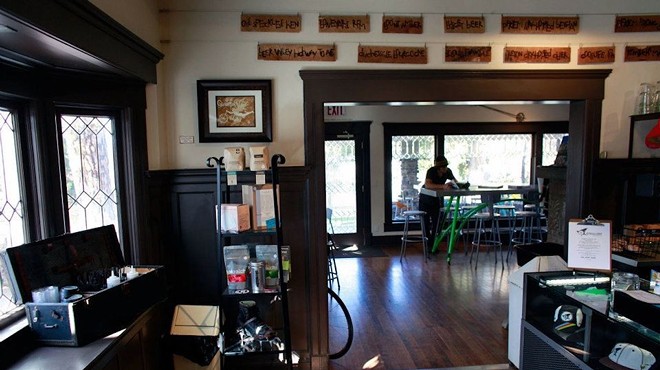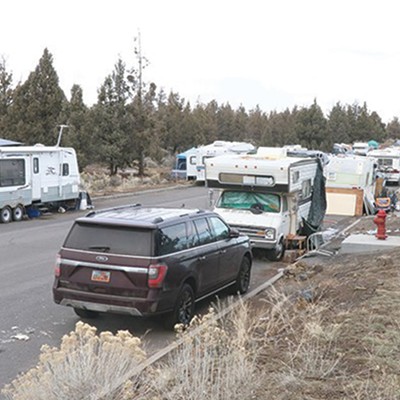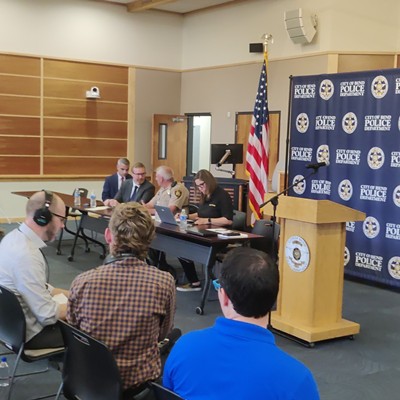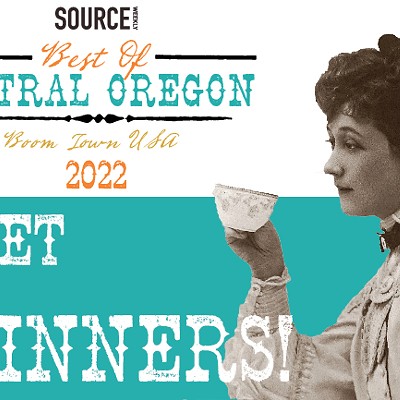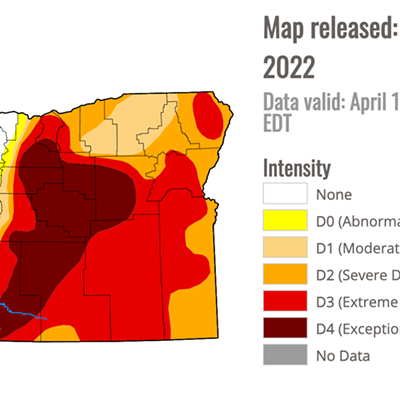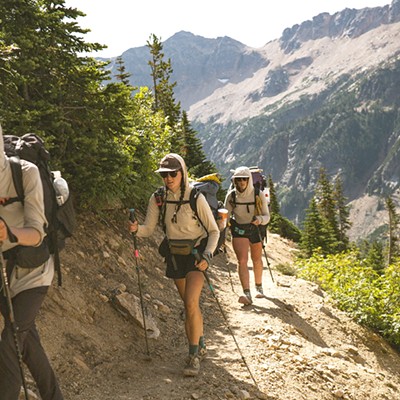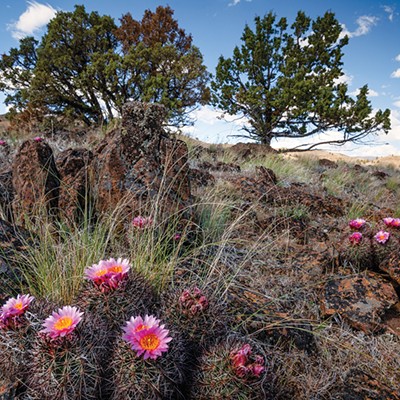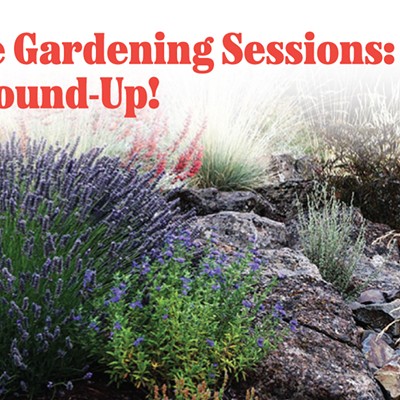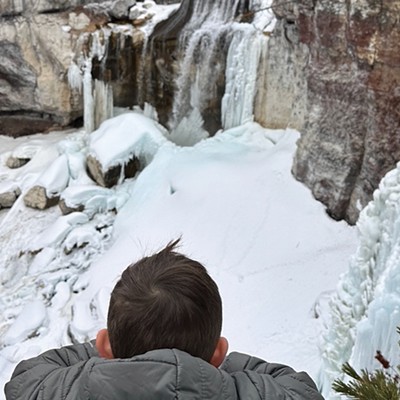Don't let the Boy Scouts and lumberjacks fool you—women can handle the great outdoors just as well, if not better, than men. Ruby McConnell is helping to prove it.
McConnell is the author of "A Woman's Guide to the Wild," published earlier this year by Sasquatch Books. The guide covers the outdoor experience from a female perspective, discussing everything from camp setups to wilderness safety to feminine functions.
"What I'm trying to do is look at what are the barriers to getting women outside, and how we can break those down," she says.
As a researching and published geologist, McConnell has a wealth of wilderness experience from which any reader can benefit. "It says, 'Woman's Guide,' but men can use it, too. That's what women have been doing with the men's guidebooks," laughs McConnell.
McConnell is currently working on her second book, but will take a break to deliver two free presentations about her work: one at Crow's Feet Commons on Wednesday, Sept. 28, at 5:30 pm; then at Wild Ride Brewery in Redmond on Thursday, Sept. 29, at 6 pm. We spoke with the outdoors author about breaking taboos, collaborating with other women and secretly enjoying Oregon.
Source Weekly: You mention in the book that you always had trouble finding a relatable voice for outdoorswomen. Was that your main catalyst for writing this guide?
Ruby McConnell: The tone was super intentional because I felt like something about the current literature can be alienating. I'd end up with these books that were pretty intense (laughs). Like, "You're going to die if you can't fashion your own snowshoes out of twigs." And I was like, "Where's the book for advice when nothing in particular has gone wrong, you're just looking to make sure that nothing goes wrong?" It just wasn't there. It was one of those things where I kept looking for it and looking for it for years, and then eventually, I got old and realized I have the skill set, so I was like, "I'm just going to write this now."
SW: I think it's great because you bring your outdoors experience, as well as your science background. It makes for a comprehensive but always accessible read.
RM: I'm a geologist. I'm into outdoor education, and I'm way into science literacy. I was also very aware that if I was going to do this and call it a "woman's guide," then it has to be rigorous and thoroughly scientific. The science had to be sharp and cut through any assumptions because otherwise it would've been dismissed, I think, as being fluffy.
SW: You also complement each chapter with these great interviews with outdoorswomen, asking them for advice and stories. Was there anything surprising you learned from them?
RM: The thing that was totally amazing to me was that—especially the experts, they were more than happy to be helpful, but they were also totally confused to what I was doing. And I think it was because they already had their skillset and M.O. But by the end of the interview they'd be onto it and would be like, "Here's a thing that's different for women." They all had really great insights. I interviewed this bad-ass rock-climbing, backcountry nurse. We're in a coffee shop and really loud and the first thing she says is, "I really wish that women would just get up and pee after they have sex."
SW: And that's from the chapter that covers feminine hygiene in the outdoors, including topics like menstruation and sex while camping. Was it difficult writing that chapter, since few, if any, other outdoors books cover those topics?
RM: You would think so, but no. When the book was released, people were like, "You broke all these taboos!" But it's not like I was on a crusade. We're in a post-gender world. This book is behind even. Like any good geologist I was more concerned with maps, navigation and first-aid chapters because those are life-saving, essential skills that you do not want to get wrong. I grew up comfortable talking about body stuff. That's easy, but anything that could save someone's life, that's hard to write because you want to be really clear.
SW: A lot of that clarity was aided by Teresa Grassechi's terrific illustrations. How did the two of you end up collaborating?
RM: My editor knew her. The way that you do it is your write the book, then every time there should be an illustration that author writes, "Here's what it should look like." And I was really specific. I had a look that I was going for, that Laura Ingalls Wilder, hand-drawn, sketch thing. For the maps chapter, Teresa had to learn how to draw maps, so she became a sort of junior geologist. She was amazing, and she would do things over again until every detail was exactly as it should be. I think it just elevated the book and is so essential to it.
SW: While the book is helpful for most environments, it was definitely written with Central Oregon in mind. Do you think you would've written this guide if you didn't live here?
RM: I hope so, but I know that there is something unique and magnificent about the American West that forces its own import upon you. I think there is something about being from the western states that gives it a sense of urgency to protect and appreciate it. I think anybody who lives in Oregon knows that it's paradise. Which is why we tell everybody that it rains and the weather's cruddy (laughs).
"A Woman's Guide to the Wild" Book Talks
Wed. Sept. 28, 5:30pm, Crow's Feet Commons, 875 NW Brooks St., Bend
Thurs. Sept. 29, 6pm, Wild Ride Brewing, 332 SW 5th St., Redmond
Visit rubymcconnell.com for more information

